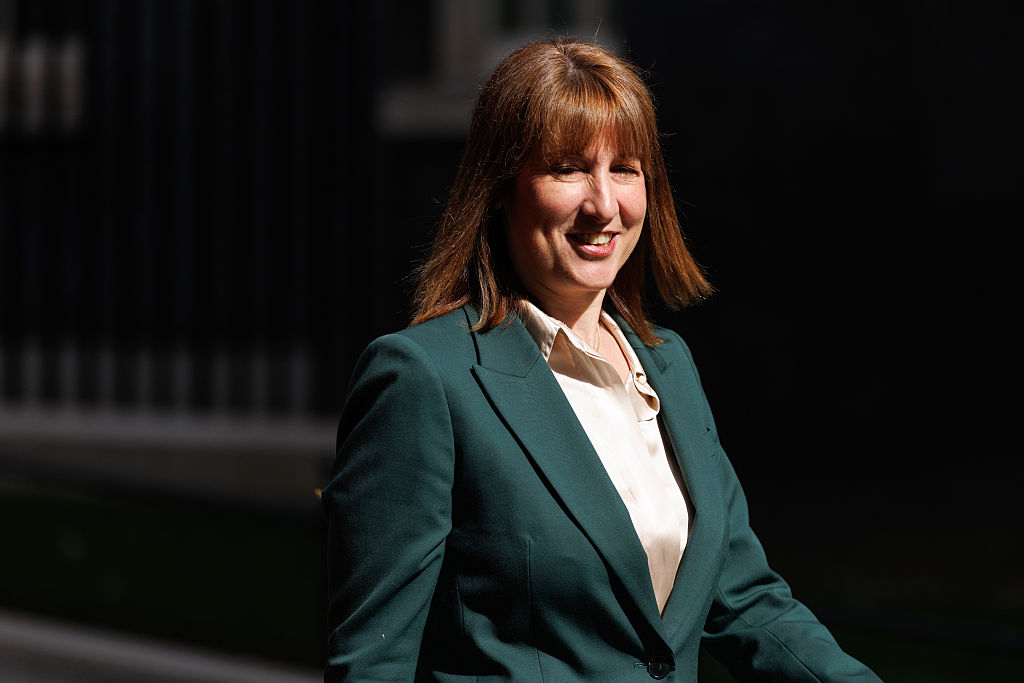Jerome Kohlberg Jr: The world’s greatest investors
Jerome Kohlberg Jr started out focusing on “bootstrap” deals, whereby he’d set up a shell company to buy a firm from a retiring owner.


Kohlberg was born in New Rochelle, New York, and graduated with a law degree from Columbia. He joined Bear Stearns in 1955. After two decades at Bear Stearns, he founded Kohlberg, Kravis and Roberts (KKR) in 1976 with Henry Kravis and George Roberts. He would resign in 1987 to form Kohlberg & Co, before retiring in 1995. He died in July 2015.
What was his strategy?
Initially Kohlberg focused on "bootstrap" deals, whereby he'd set up a shell company to buy a firm from a retiring owner. The deal would be funded with a combination of debt and equity. The hope was the new owner would be able to push the management harder than in a public company, helping boost profits. Later, KKR would help managers take control of ailing listed firms in leveraged buyouts. As well as a 20% share of any profits, KKR would also make money from consulting fees.
Did this work?
Leveraged buyouts are controversial because they rely on debt, thus increasing the chances of bankruptcy. Indeed, Kohlberg would break with Kravis and Roberts because he felt that they were taking on too much debt and engaging in bidding wars, driving down potential returns. However, both KKR and Kohlberg & Co were successful in generating large returns of around 40%-50% for investors during the 1980s. While they have declined since then, KKR now has $71bn of assets under management. By the time of his death, Kohlberg would have a personal fortune of $1.5bn.
Subscribe to MoneyWeek
Subscribe to MoneyWeek today and get your first six magazine issues absolutely FREE

Sign up to Money Morning
Don't miss the latest investment and personal finances news, market analysis, plus money-saving tips with our free twice-daily newsletter
Don't miss the latest investment and personal finances news, market analysis, plus money-saving tips with our free twice-daily newsletter
What were his biggest successes?
One of KKR's biggest successes was the 1986 purchase of the supermarket chain Safeway Stores. While the acquisition was for $4.3bn, KKR would only have to invest $130m in equity, the rest being debt. Not only did it make $5bn in profits after the chain was floated, but its remaining stake in the company would by valued at $7.4bn 15 years later (though by then Kohlberg had left KKR).
What lessons are there for investors?
It is difficult for ordinary investors to invest directly in private equity (unless they are extremely wealthy). Still, KKR's success shows that investing with borrowed money can boost returns (though it also increases risk). The fact that private-equity returns have dramatically declined over the past 20 years as more firms have entered the industry shows that even the best investment strategy will eventually go stale.
Get the latest financial news, insights and expert analysis from our award-winning MoneyWeek team, to help you understand what really matters when it comes to your finances.

Matthew graduated from the University of Durham in 2004; he then gained an MSc, followed by a PhD at the London School of Economics.
He has previously written for a wide range of publications, including the Guardian and the Economist, and also helped to run a newsletter on terrorism. He has spent time at Lehman Brothers, Citigroup and the consultancy Lombard Street Research.
Matthew is the author of Superinvestors: Lessons from the greatest investors in history, published by Harriman House, which has been translated into several languages. His second book, Investing Explained: The Accessible Guide to Building an Investment Portfolio, is published by Kogan Page.
As senior writer, he writes the shares and politics & economics pages, as well as weekly Blowing It and Great Frauds in History columns He also writes a fortnightly reviews page and trading tips, as well as regular cover stories and multi-page investment focus features.
Follow Matthew on Twitter: @DrMatthewPartri
-
 Review: Eden Roc Cap Cana – fun, sun and golf in the Caribbean
Review: Eden Roc Cap Cana – fun, sun and golf in the CaribbeanTravel Eden Roc Cap Cana in the Dominican Republic offers everything from relaxing by the pool to a world-class golf course
-
 Reeves delays cash ISA reform, but savers are not out of the woods yet
Reeves delays cash ISA reform, but savers are not out of the woods yetThe chancellor has reportedly delayed plans to cut the cash ISA limit, which were set to be announced at Mansion House on 15 July, and will take more time to consult with the industry